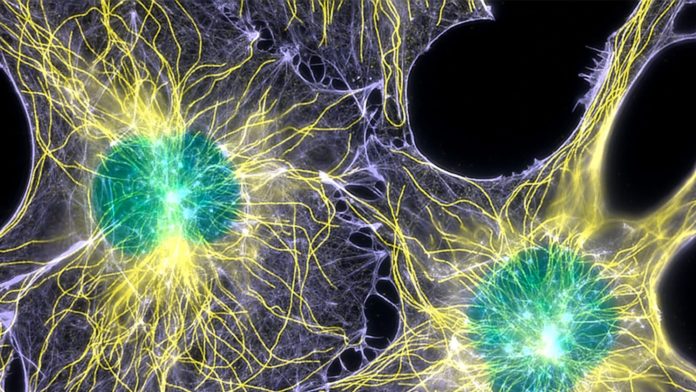New Year, new me! A phase so commonly thrown around that showers us with guilt every time we hear it. We sheepishly run away from our emotional commitments but a similar saying exists for the wonderful human body with people claiming that the body replaces itself every seven years. Yes, you heard right, the entire body slowly in a process of complete replacement. It is quite a rejuvenating idea where we envision the ability to possess a healthy body in a matter of seven years with the said cycle repeating itself however, is there truth to this statement? Let’s discuss a few aspects of the human body and try to understand the particularities of its working.
Let us first begin by hoping to comprehend the seemingly simple and vast process of cell division. School stuff right? Well, the answers always lie in the most basic aspect of its existence. There are a couple of methods the body employs to produce cells. The first, called Mitosis involves a fairly simple concept of a parent cell splitting into two “daughter” cells. These daughter cells are essentially copies of the original parent cell.

The second means of cell production is from stem cells. Although they exist in lower numbers, they have quite a bizarre and multi-ability. They can not only produce by means of mitosis but also give rise to a certain special kind of cell that cannot replicate itself. This introduces the first variable to the claim of complete replacement.
Keep in mind, we are highly broad brushing the exact potential and process involved with respect to cells for simplicity. However, this proposes multiple variables with highly fluctuating or rather, different lifespans across the entire system and its diversity making a definite number like seven years seem almost mindless.

Death and discard are imperative for evolution and growth. Here is an example, the spaces between your fingers are brought about programmed cell death in biologically specific locations. Had it failed to happen, you would probably have webbed feet! By the laws of nature, all cells perish but have different spans.
We have now adequately established that different kinds of cells have different lifetimes. The cells in the lining of the stomach replace themselves every two days due to repeated use and contact with digestive acids and consumed foods. Similarly, skin cells change more frequently due to extensive exposure to different weather conditions and chemical substances. Roughly meeting midway we have the red blood cells that exist about four months. The cells in the bones and fat cells, however, live a pretty long life of about ten years! Quite a jump eh? That number also comes in conflict with the seven-year theory.
Did you think the ten-year number was all it took to debunk the theory? Then the next fact might be a bit of a shocker. There are parts of your body that are as old as you are, and will exist to as old as you’ll ever be. Twenty years of age? Then you have a brain aged twenty years. This is because brain cells don’t regenerate as you age, although recent studies say that cells in your hippocampus, the part responsible for memory, can regrow. The enamel that exists on the teeth you use to munch on your fries is the same one you’ll be using when you’re seventy! Eyes are truly the windows to one’s life as the same pair of lenses exist through life.
If the previous facts didn’t completely debunk the theory, the last one surely did. Does this imply that we are stuck with the same old body? Not quite. The body is in a constant state of growth and death. At any point, there is an element of birth and of death. It would be imprudent to put a number on the most fascinating and complex mechanisms to exist in the known universe. Quite simply put, if your torchlight isn’t flashing, you replace the batteries, not the entire device. Some parts of the torchlight are replaceable for functionality and some stay till the end of its lifespan. The deciding factor falls in the exact activity of the said cell. You can never really be “brand new” and as disappointing as that might seem, nothing is ever brand new after its creation. Food for thought.
Further Reading:


